
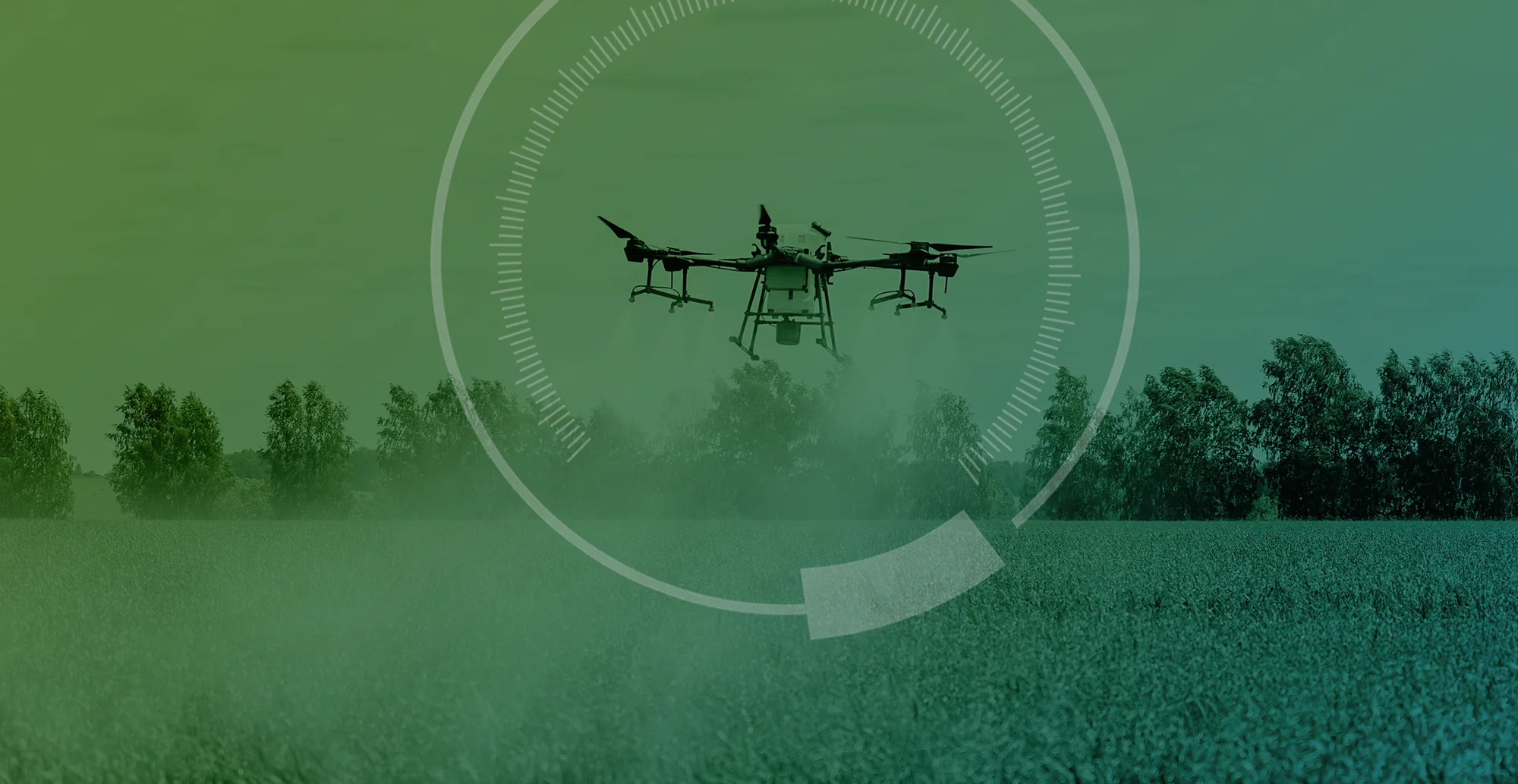
When it comes to precision ag, few have had a front-row seat to its evolution quite like Jeff Dickens. From early GPS systems to the rise of spray drones and now AI-powered crop intelligence, Dickens has worked at the intersection of innovation and real-world agronomy for more than a decade.
Now part of the team at Taranis, he brings a no-nonsense perspective to what’s working, what’s not, and where the industry is headed next.
“Back in the day, if you had auto-steer, you were doing precision ag,” Dickens says. “Now that’s just farming.”
Today, he believes precision agriculture has moved from hardware to insight—from simply applying technology to actually using data to make better decisions. That includes everything from understanding yield variability to evaluating planting practices and fertility programs.
“In a modern context, precision ag is about implementation,” he explains. “Not just collecting data, but putting it to work to improve profitability, efficiency, and outcomes.”
Dickens admits he had some early misconceptions about Taranis—until he saw how far the platform had come.
“The dashboard, the data, the leaf-level insights—it was night and day compared to what I’d seen before,” he says. “I’ve worked with drones and imagery for years, but this was the first time it felt like something that could actually guide decisions, not just produce a pretty picture.”
He’s quick to clarify: boots on the ground still matter. But with Taranis, they’re used smarter. “The goal isn’t to replace agronomists. It’s to help them prioritize their time—to know exactly where to go and why.”
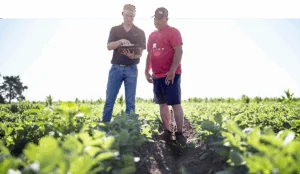
As one of the first to adopt spray drones in Arkansas, Dickens expected his business would center around hard-to-reach areas and rice levees. “Ironically, that was the smallest part of it,” he says.
Instead, most of his work came from full-field applications when it was too wet for ground rigs or too risky for manned aircraft. “Growers saw immediate ROI. It solved a problem—fast—and that’s what drove adoption.”
He credits the success to simple economics: the drones delivered better access, timely applications, and peace of mind. “They didn’t need a 20-page report. They just needed the job done, and done right.”
When asked what growers and retailers are still underutilizing, Dickens doesn’t hesitate: “The data you already have.”
“If you’re not capturing accurate application data, logging seed placement, calibrating your yield monitor—it doesn’t matter what tech you layer on top. Garbage in, garbage out,” he says.
To him, precision ag isn’t about piling on the latest tools. It’s about having clean data to analyze, compare, and learn from. “That’s how you move from just farming to farming smarter.”
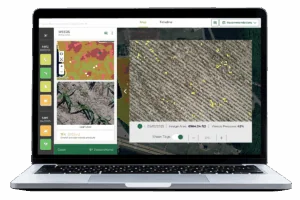
For Dickens, one of the clearest benefits of Taranis insights is better time management.
“Let’s say you start the day by reviewing your field insights. Instead of checking every field manually, you know exactly which ones need attention,” he says. “That might mean you free up 30 minutes—or even hours—that can be used elsewhere.”
Whether it’s taking a deeper look at a problem field, spending time with a grower, or even catching a kid’s ball game, those extra minutes matter. “Time is the one thing you don’t get more of. Taranis helps you spend it wisely.”
Despite his enthusiasm for AI and automation, Dickens is clear on one point: “There’s no replacement for local expertise.”
From interpreting NDVI maps to evaluating field-level anomalies, experience still plays a critical role. “Technology tells you where to look—but your knowledge tells you what it means,” he says.
That’s why successful ag retailers invest in understanding the tools they offer. “If they want to bring value to their growers, they’ve got to be confident interpreting the insights and turning them into action.”
Looking ahead, Dickens sees automation taking center stage. “Whether it’s single-row planting robots or command stations for equipment, we’re going to see more done with fewer hands in the next five to ten years.”
But his biggest hope for the future? A stronger focus on profitability over yield.
“Too many people still chase yield records. But yield doesn’t matter if you’re losing money per acre,” he says. “Precision ag should help you be more profitable, not just more productive.”
For those feeling overwhelmed by the flood of ag tech options, Dickens offers simple advice: “Pick one lane and master it.”
“Don’t try to do it all at once. Find the tool that solves your biggest challenge—whether that’s scouting, planting, or applications—and build from there. You don’t have to be an expert in everything to make a real difference.”
And for those thinking about a career in agriculture or ag tech? “If you’re not passionate about it, don’t do it,” he says. “Farmers do this because it’s a way of life. If you want to help them, you have to share that passion.”
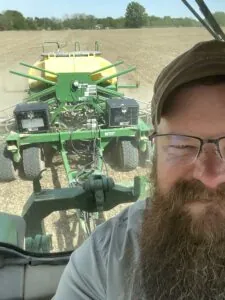
Jeff Dickens doesn’t buy into buzzwords—but he believes deeply in the power of precision. His message is clear: technology is only valuable if it works in the real world. That means keeping it simple, focusing on time and profitability, and always keeping the grower at the center.
For growers and advisors ready to make the most of their data, Taranis offers a smarter way forward—without the hype.
Learn more about how Taranis helps ag retailers and growers unlock time, profitability, and insight at taranis.com/testimonials.
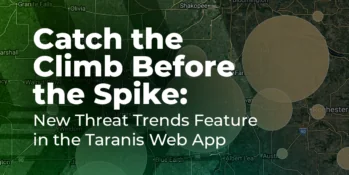
Stay ahead of emerging crop threats with the new Threat Trends feature in the Taranis Web App. Track 7-day trends in disease and weed pressure across regions and make proactive decisions with confidence.
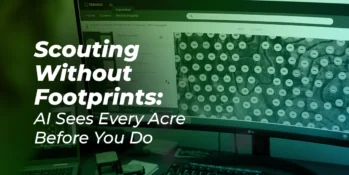
Scouting used to mean walking fields and hoping to catch problems in time.
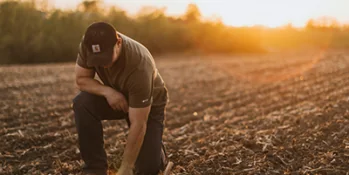
For Central Valley Ag’s (CVA)Trevor Cox and his team, those weeks through April and into the first half of May are where the rubber meets the road. Those weeks see the recommendations that led to on-farm decisions become reality. Those weeks launch #Grow24.